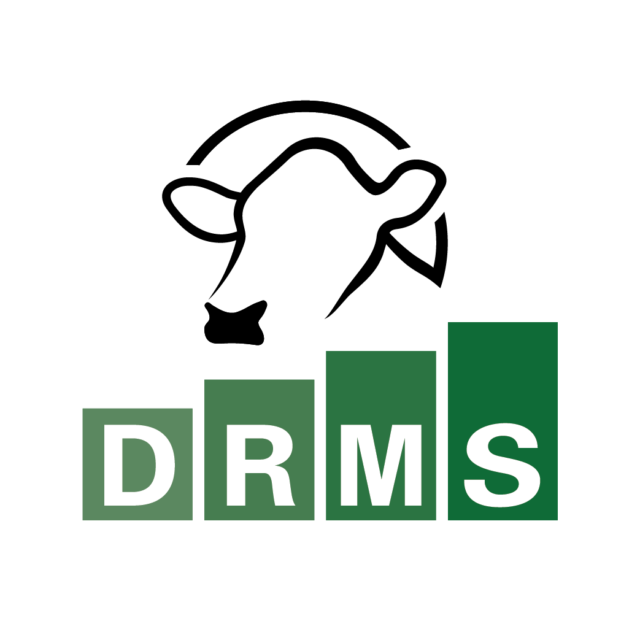Most second- and greater-lactation cows are unable to maintain adequate calcium levels after calving, often triggering clinical or subclinical hypocalcemia (SCHC).
Clinical hypocalcemia, commonly known as milk fever, impacts fresh cow health, future milk production and reproductive performance. Cows with lower blood calcium concentrations after calving are more likely to have a displaced abomasum (DA), ketosis (and fatty liver), retained placenta and resulting metritis and mastitis.
Unlike clinical hypocalcemia, subclinical cases are not easy to diagnose. SCHC has been reported to affect as many as 73 percent of dairy cows in third or greater lactations and has an overall economic impact of $150 per case.
There are a number of calcium options available to help cows maintain calcium levels. It’s important to pay attention to what type of calcium you are giving a cow and how you’re administering it. Not all calcium sources are created equal.
Oral calcium
Oral calcium is given immediately after calving to prevent hypocalcemia and SCHC. Oral calcium has the advantage of being absorbed more slowly in the digestive tract and mimics the natural release of calcium. It is a great option for getting ahead of milk fever but should not be used on down cows. There are two types of oral calcium options:
- Bolus
When looking at boluses, check the ingredients carefully. The best oral calcium sources are acidogenic salts, such as calcium chloride and calcium sulfate. Similar to a dietary cation-anion difference (DCAD) diet of anionic salts, acidogenic calcium salts can enhance the release of calcium from a cow’s bones. Calcium chloride is rapidly absorbed, while the calcium sulfate provides a sustained release of calcium during the post-calving period. Producers should also look for boluses with a fat coating. A fat coating is easier for animals to swallow and provides protection from calcium chloride, which is caustic.
- Gel
Compared to the calcium chloride found in solid boluses with a fat coating, the calcium chloride in gels is caustic and unpalatable. Cows may spit some gel back up, leading to underdosing.
Administration: Oral calcium should be given right after calving and again 12 hours later. Oral calcium is known for its relative ease of administration compared to other calcium options, but the person administering should be well trained. If administered incorrectly, the back of the throat may be traumatized, and there’s also a risk of the animal aspirating the gels.
Oral drench
Drenches are applied immediately after calving or when a cow is observed two to 10 days in milk (DIM) looking droopy or not eating well. Ideally, drenches would be given right after calving. If we give calcium to cows starting to show symptoms of milk fever, we’re already a little behind the eight ball.
Administration: Giving a drench can be time-consuming and requires special attention to proper technique. If the drench tube is inadvertently placed in the trachea, aspiration pneumonia is likely. Also, if the flow rate is too fast in the esophagus, reflux may occur, and we risk aspiration.
Intravenous treatment
Intravenous (IV) treatment increases blood calcium levels quickly and is the treatment of choice for cows that are down.
Administration: Care should be taken when administering an IV. If given too quickly, the heart can stop. If there isn’t an immediate improvement, producers might be tempted to give another bottle. However, too much calcium in a short period of time may cause a hypocalcemia relapse. To prevent this yo-yo effect, rather than giving another IV, consider following up with two oral calcium boluses given 12 hours apart to help maintain calcium levels. Before administering the boluses, determine if the cow can swallow to avoid the risk of the bolus lodging in the esophagus.
Subcutaneous administration
Subcutaneous administration is usually given as a second treatment to a down cow. Some farms will also use this as an initial treatment shortly after calving or when a cow is showing early signs of hypocalcemia or SCHC two to 10 days in milk.
Administration: This option comes in 500-milliliter bottles that need to be spread out over six to 10 widely spaced injection sites. This will facilitate a speedy uptake of the treatment. However, it’s often administered in just one or two sites, so there’s anywhere from 250 to 500 milliliters underneath the skin in one spot, which is going to take longer to absorb.
Although calcium choice is important, successful hypocalcemia management starts with your veterinarian and nutritionist. They can help implement a management program that includes:
1. DCAD diet – Feeding dry cows a DCAD ration can set them up to mobilize their own calcium after freshening. When feeding a DCAD ration, monitor urine pH to ensure the ration is achieving the desired effect. Using a bolus formulated with acidogenic salts helps continue the effect of a DCAD diet after calving.
2. Blood testing – A veterinarian can help retrieve blood samples of recently fresh cows to determine calcium concentrations. These test results can help a veterinarian identify the prevalence of SCHC, and he or she can also analyze how well your close-up (close to calving) diet is working with DCAD or other added ingredients.
3. Record-keeping – We know that certain breeds and older animals, especially those who have had previous transition cow events, are more susceptible to hypocalcemia. Work with a veterinarian to identify these at-risk animals and come up with a management plan that includes close monitoring and providing an oral calcium supplement. ![]()
PHOTO: There are a number of calcium options available to help cows maintain calcium levels. It’s important to pay attention to what type of calcium cows are given and how it is administered. Courtesy photo.
References omitted but are available upon request. Click here to email an editor.

-
Dave Festa
- Professional Services Veterinarian
- Boehringer Ingelheim
- Email Dave Festa






